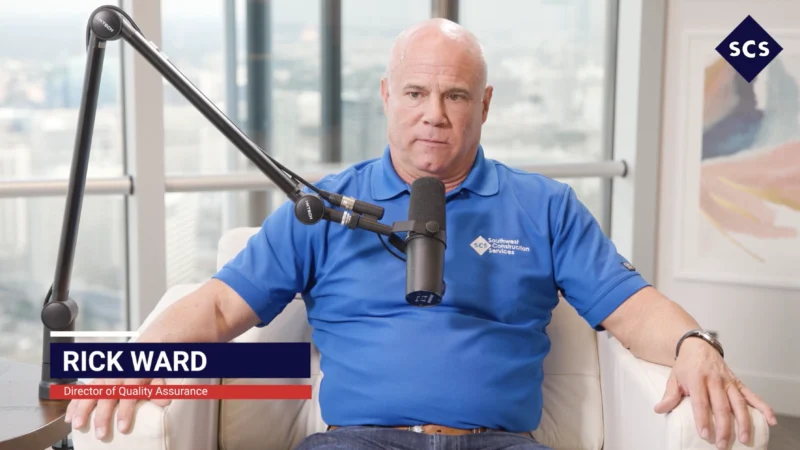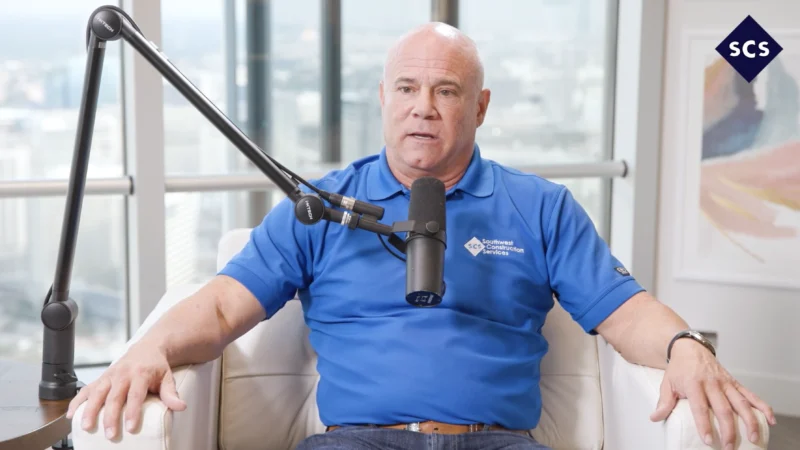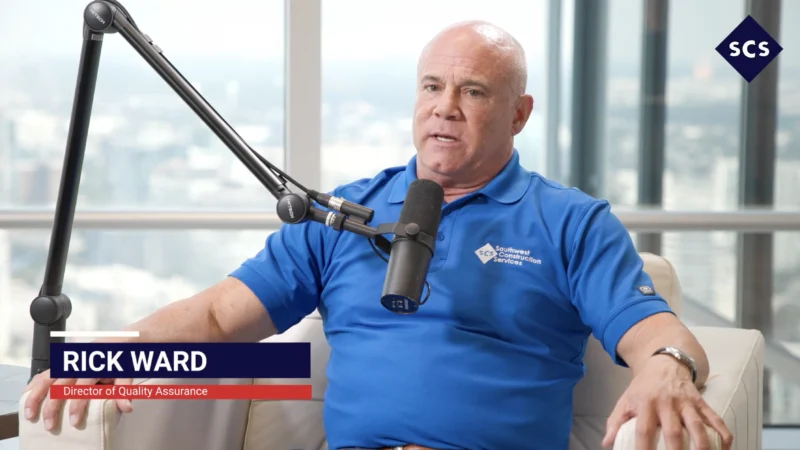Supply Chain Strategy
Supply chains have been a key topic of conversation over the last few years. As huge disruptions occurred, it became a focus in the news and content all around the world. Companies will need new, adaptable strategies when determining future business processes. Discussing best practices for those, “On Time in Full” Host Tyler Kern spoke with Mark Kidwell, Director of Supply Chain consulting for Designed Conveyor Systems.
Kidwell has more than 40 years of experience in the material handling business, beginning as a truck driver to his current consulting role. “We’ve never seen challenges like this,” he said. “The risk of single source or reliance on sole providers, and the availability of human capital are weak spots in the supply chain.”
In addition to these main drivers of disruption, Kidwell explained that it’s difficult to get goods back in the U.S.
When Kidwell works with customers on building a supply chain strategy, the first thing he stresses is alignment with business goals.
“The analytics behind this are important, so we start there in assessing an operation. The question is, ‘What are you measuring and how?’ Then, it’s about the alignment of measurables to the overall company objectives,” Kidwell explained.
Kidwell noted that departmental goals could often be competing or conflicting. For instance, there may be an inclination to buy at volume when procuring raw materials; however, that could have large downstream implications for inventory management goals.
Today’s supply chain strategy includes lessons learned from the past few years. Kidwell explained, “There are some hard lessons learned about the reliance on headcount because labor isn’t always available. There’s also the fragility of some processes meant for certain activities but now need to be more flexible.”




